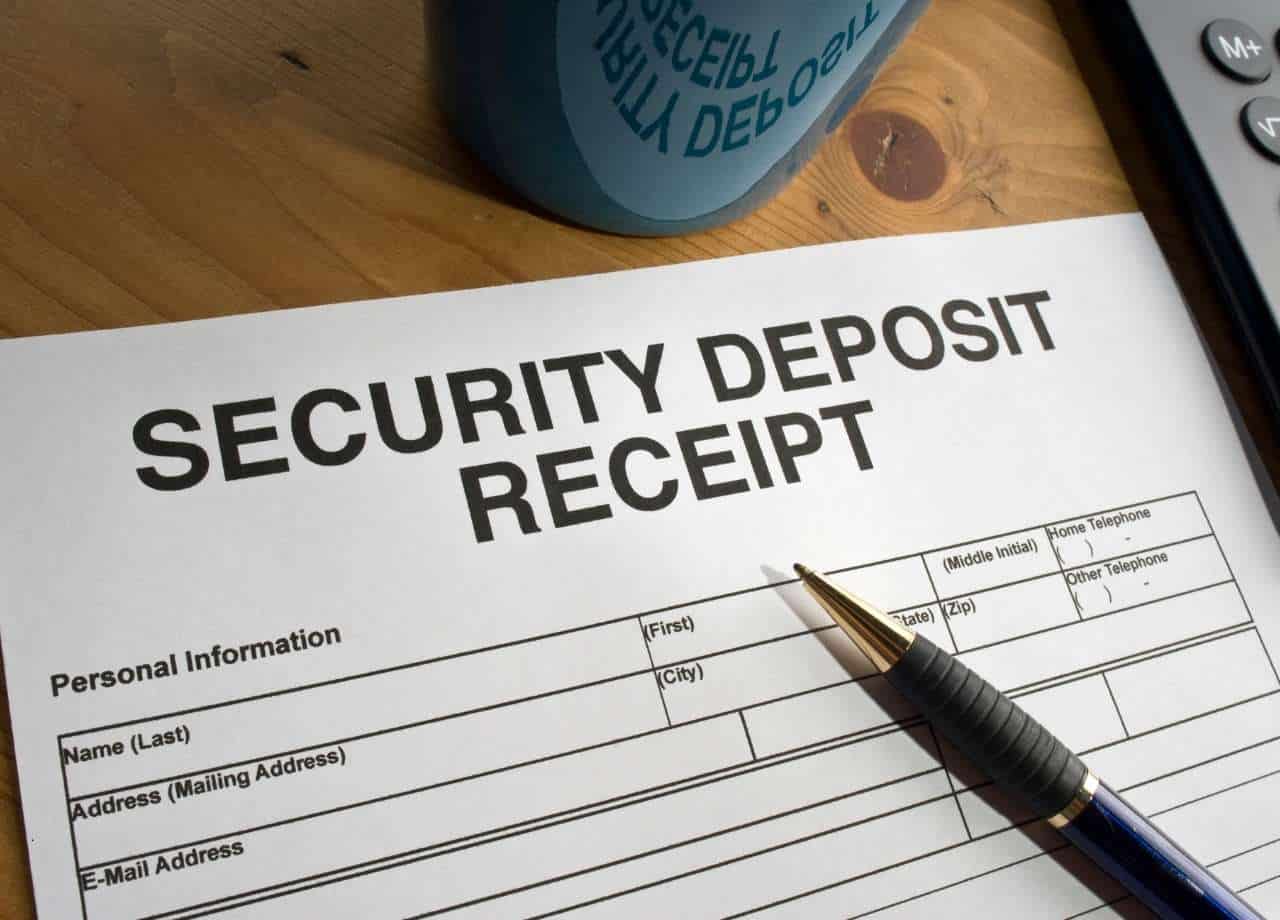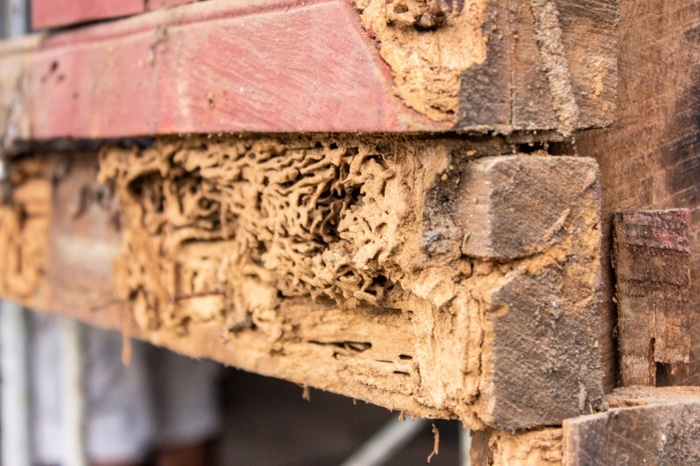Returning a security deposit might sound simple on paper, but in the real world, it’s where property managers can run into a lot of avoidable problems. I’ve been around long enough to know that this is one of those areas where a little extra attention can save you from long emails, angry calls, and even legal headaches. Let’s walk through the stuff that really matters—without the fluff—and talk about how to avoid the common traps property managers often fall into.
Start Strong with the Right Move-In Documentation
It’s tempting to skip the paperwork when you’re dealing with back-to-back move-ins and a dozen things on your plate. But the move-in inspection is where it all starts. If you don’t document the condition of the unit before someone moves in, you’re already behind.
Every time a new resident moves in, walk the unit with them. Take clear photos of everything—walls, appliances, floors, cabinets, windows. I’m talking corner-to-corner, not just a few snapshots. Then, write down any marks, dings, or wear that’s already there. Have the resident sign it so there’s no confusion down the line.
When the move-out time comes, you’ll have something to compare it to. It’s way easier to show “This was here before” or “This wasn’t damaged when you moved in” when you’ve got photos and a signed checklist. This single step prevents a lot of drama later.

Fast Fixes. Happy Residents.
Know What’s Normal and What’s Not
Here’s where things get sticky: wear and tear vs. damage. Some scratches on the floor? That’s normal. A cracked bathroom mirror? That’s damage.
You can’t charge a resident for the apartment aging naturally. Paint fades, carpet wears down, and door handles get a little loose after a few years. But if someone leaves behind holes in the walls or a broken cabinet door, that’s a different story.
As a manager, you need to be super clear on the difference. If you charge for something that counts as normal wear, residents have every right to push back. And more often than not, they’ll win that argument if you’re not careful.
Return Deposits On Time, Every Time
Missing the deadline for returning a security deposit is one of the easiest ways to turn a small issue into a big one. Each state has its own rules, but most give you around 14 to 30 days after the resident moves out. That’s not a lot of time when you’re handling multiple turnovers.
The key is to have a routine. The minute a resident gives notice, you should set a reminder to inspect the unit, make any needed deductions, and send out the deposit (or part of it) before that clock runs out. Waiting until the last minute is a gamble. And if you’re late? You could be forced to pay back the entire deposit—sometimes even double.
If You Deduct, Show Your Work
Let’s say there was serious damage or cleaning needed. You can absolutely deduct for that—but you better be ready to back it up.
Always send a detailed, itemized list with your security deposit return. Don’t just say “Cleaning – $150.” Break it down. Say “Deep clean of kitchen, including oven and fridge – $75” and “Stain removal from bedroom carpet – $75.” Even better if you can include copies of receipts or estimates from your vendors.
Residents are way less likely to argue with you when you show that the deduction isn’t just a random number. It shows professionalism and transparency—and it protects you.
Don’t Use the Deposit as Last Month’s Rent
This one’s a classic mistake. Some residents think their deposit covers their final month’s rent. It doesn’t—unless your lease says it does. Letting them do this might seem harmless, but if they leave the place in bad shape, you’re stuck with no funds to cover the damage.
Make sure you’re clear about this in the lease and again when they give notice. The security deposit is just that—a deposit for potential damage or unpaid charges. It’s not a rent substitute, and using it that way can get you into trouble.
Keep Deposits in a Separate Account
A lot of property managers forget about this, especially when things get busy. But most states require security deposits to be held in their own account, separate from operating funds. Sometimes they even have to be in an interest-bearing account.
Keeping it separate helps you stay compliant with local rules. It also makes it a lot easier when it’s time to return the deposit. You’re not digging through your general budget or figuring out where the money went. You know exactly where it is—and that it’s untouched.
Communicate Early and Often
Let’s be real—residents don’t always read their lease line by line. So don’t wait until move-out day to talk about cleaning expectations or what counts as damage. Bring it up ahead of time.
Send out a quick checklist a week or two before they leave. Remind them to clean the oven, fix nail holes, or replace any missing light bulbs. This makes a big difference. Most residents want their deposit back. If you give them a clear roadmap, they’re more likely to leave the unit in good shape, which saves everyone time and effort.
Use the Right Tools to Stay Organized
Gone are the days of relying on sticky notes and memory to keep track of inspections, deadlines, and deductions. There are plenty of property management software options out there that can help streamline the entire security deposit process.
You can store inspection photos, track dates, send automated reminders, and generate itemized statements all from one place. If you’re managing multiple units, this kind of tool is a lifesaver. It helps you avoid mistakes, stay consistent, and handle move-outs more smoothly.
Stay Calm, Even When Residents Don’t
Sometimes, even when you do everything right, a resident might still disagree with a deduction or timeline. It happens. The important thing is not to take it personally.
Stay professional, stick to the facts, and point to your documentation. This is where your inspection notes, photos, and receipts really come in handy. You don’t need to get into a back-and-forth. Just show them the evidence and explain the reasoning clearly.
Most residents will back down once they see that you’re not just making things up. And if they still push back, you’ll be in a stronger position if things escalate further.
It’s About Being Fair, Not Perfect
At the end of the day, your goal isn’t to keep every penny of every deposit. And it’s not to return the whole thing without checking. It’s about being fair and consistent.
When you have solid systems in place, communicate clearly, and document everything, security deposit returns stop being a headache. They become just another step in your process—a step you can handle with confidence.
If you’re managing apartments, this part of the job doesn’t have to be stressful. Keep your standards clear, stay organized, and make sure you’re always working with facts—not assumptions. That’s how you keep both your residents and your business in good shape.






